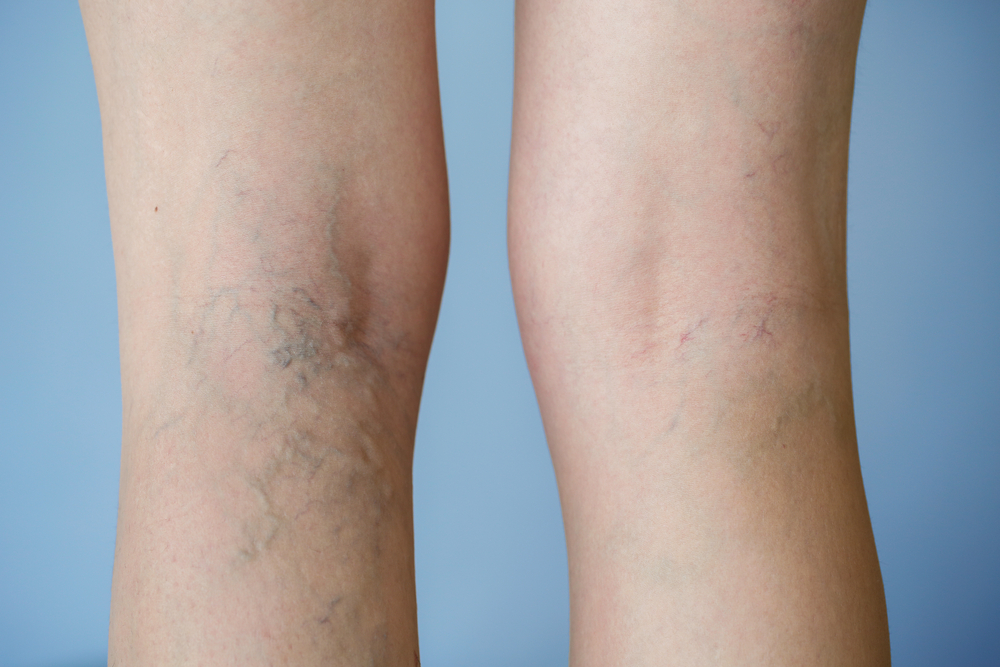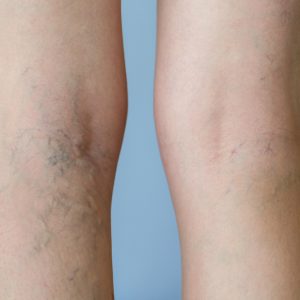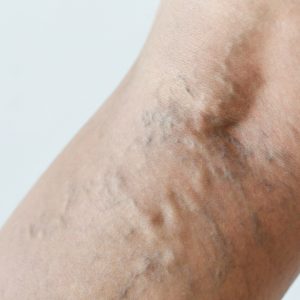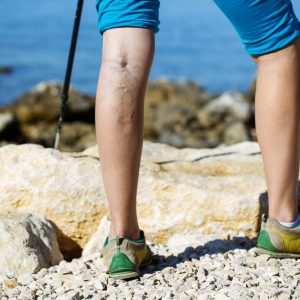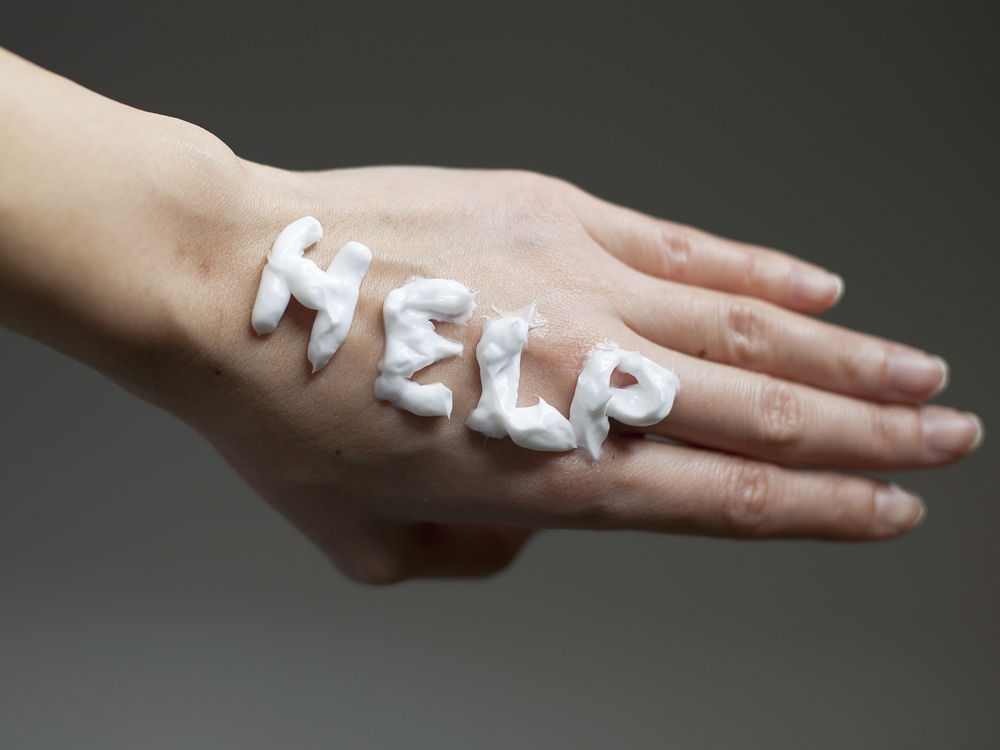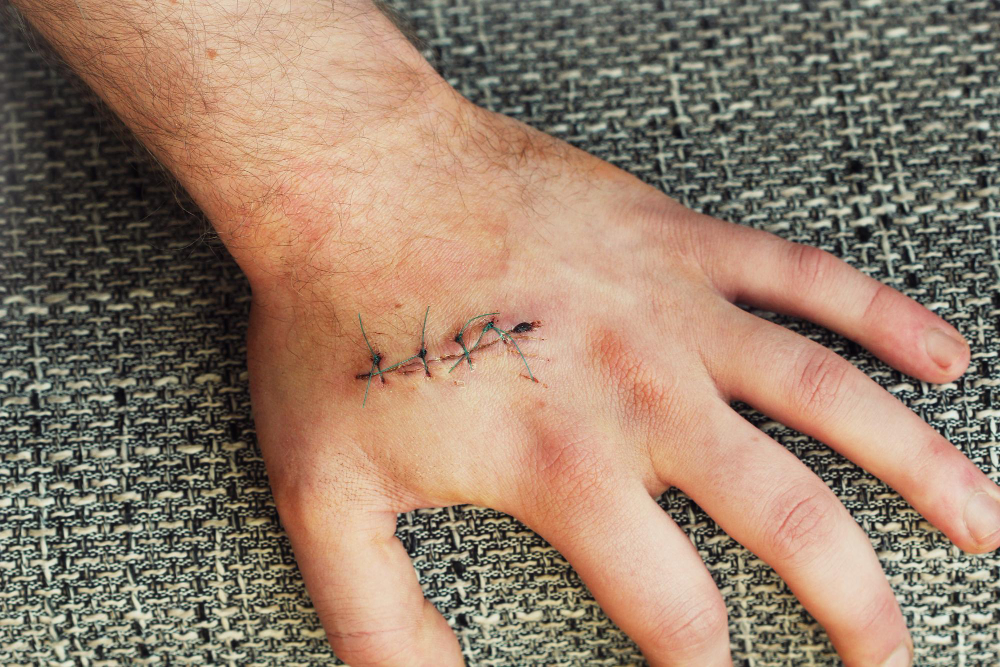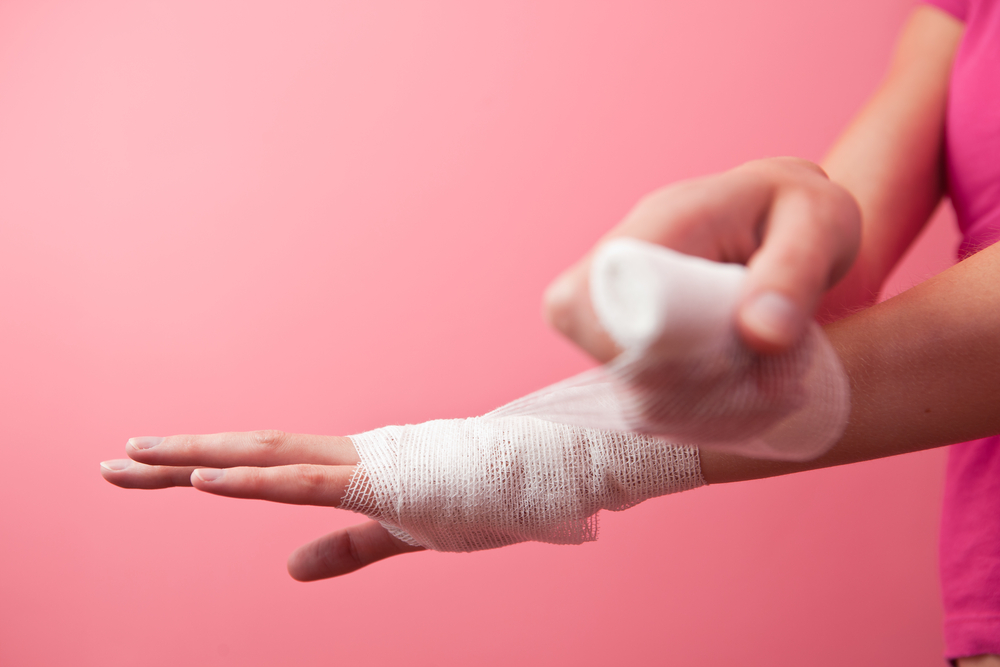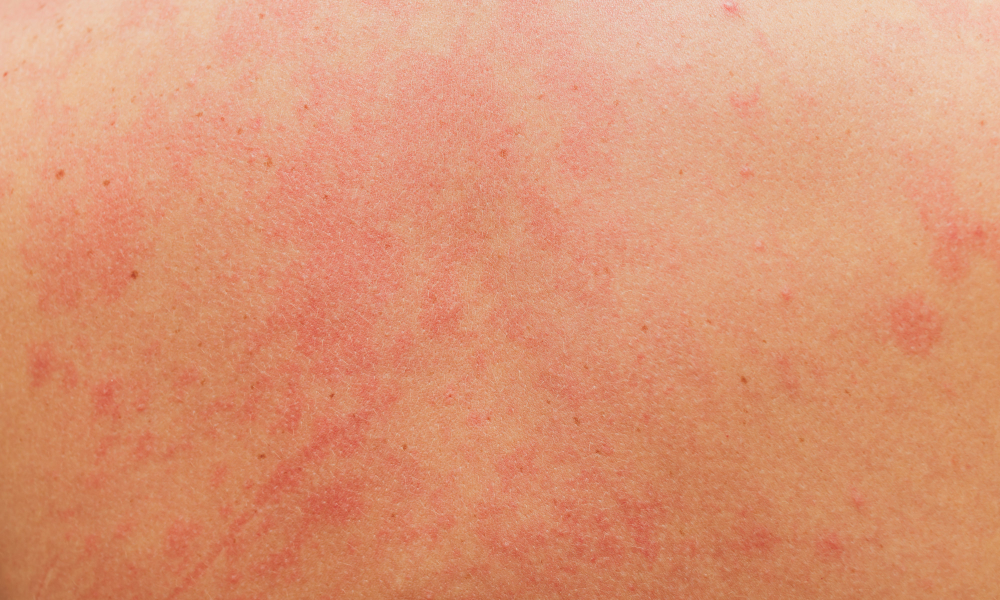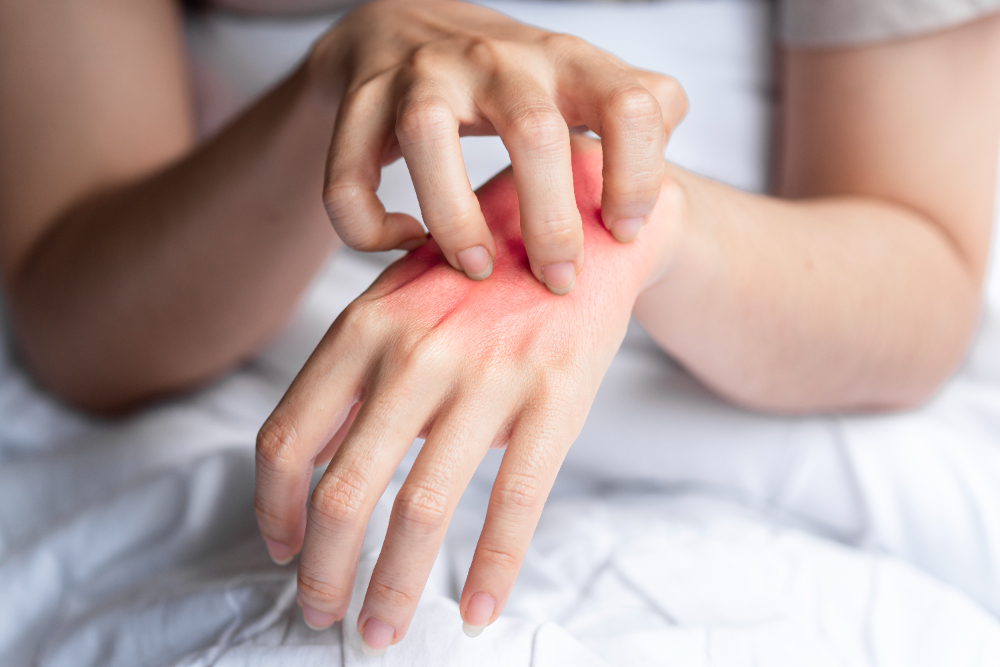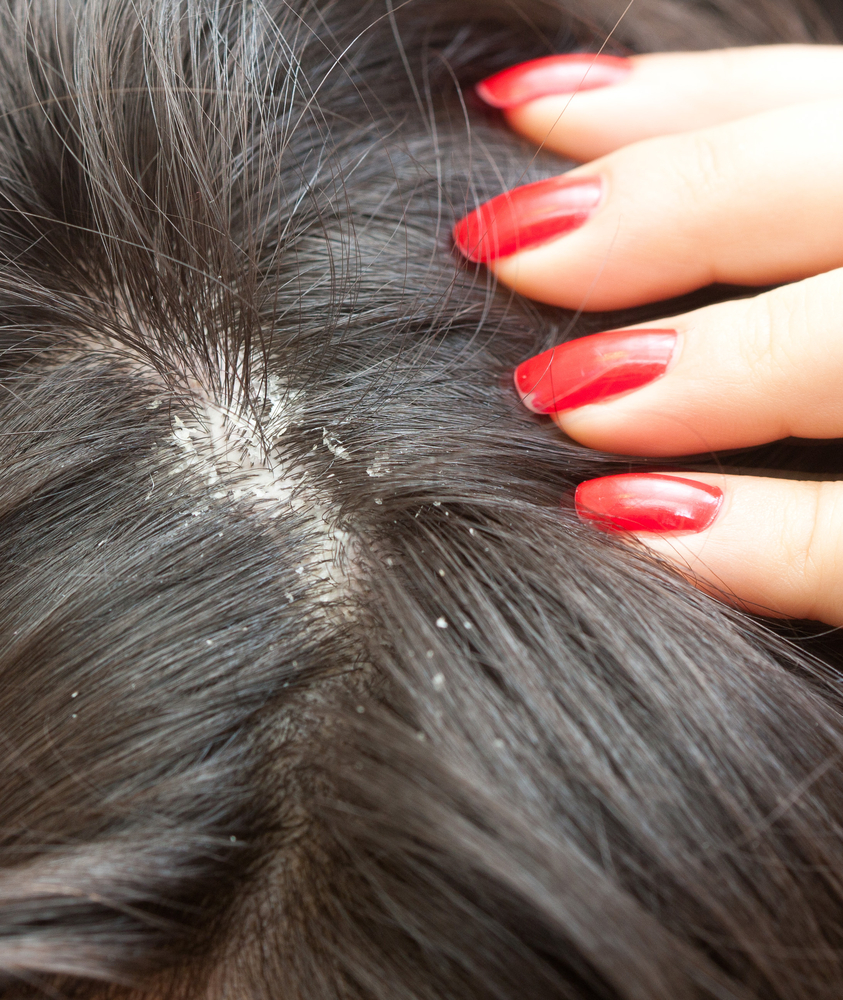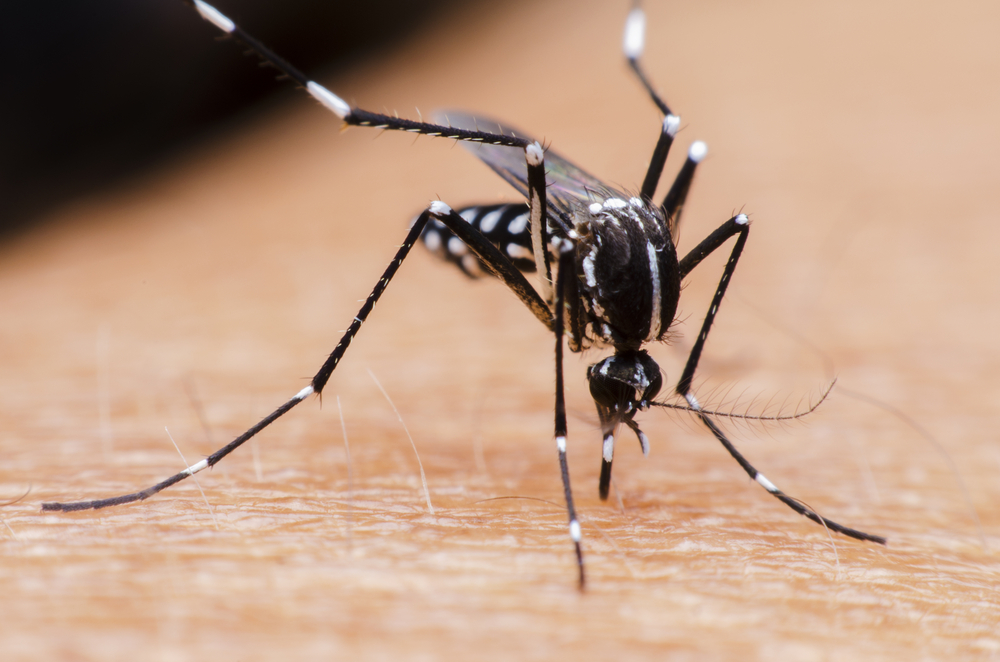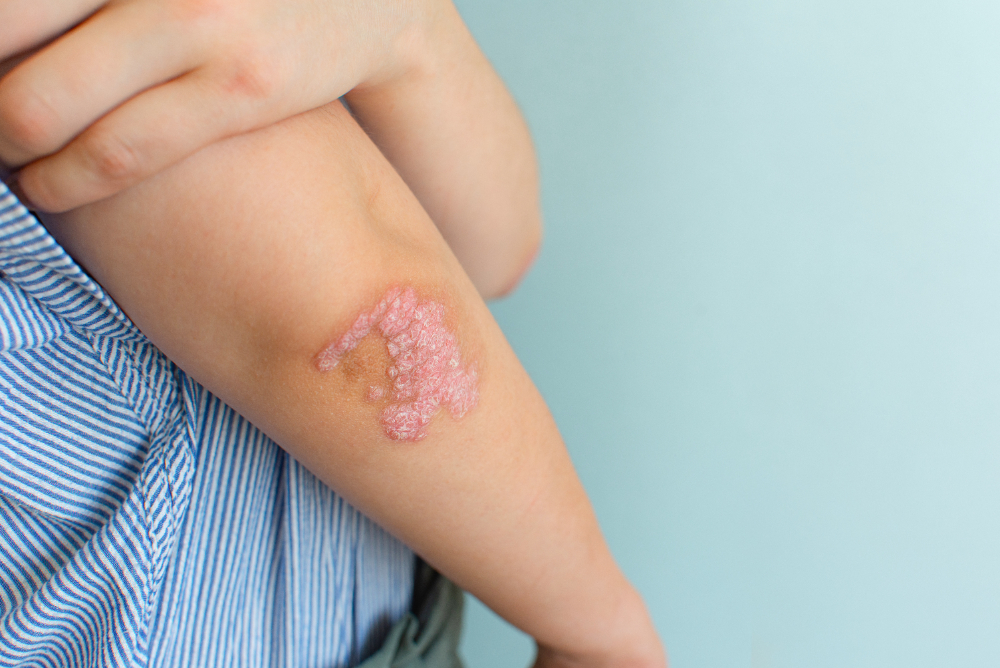What Are the Symptoms of Deep Vein Thrombosis (DVT)?
Symptoms of DVT include itching in the affected areas, difficulty standing for extended periods (especially for those who spend many hours on their feet), fatigue and pressure in the legs, bulging and swelling of the veins, general swelling and pain, a constant feeling of discomfort, and of course, an unaesthetic appearance.
People—particularly women with a delicate or fragile build—may develop damage in the vein walls, which can worsen over time. In some cases, an inflammation called thrombophlebitis may develop, typically in more severe instances, and it usually occurs in the deep veins.
Anyone experiencing these symptoms should be examined, especially if there is a family history of pulmonary embolism, as this can be very dangerous. Beyond the medical concern, DVT can also cause a significant aesthetic impact, especially in young pregnant women, with effects that may persist for years.
- DVT in Pregnancy – A considerable percentage of pregnant women suffer from DVT, which requires medical monitoring.
- DVT in the Legs – Often caused by overload on the legs, due to the factors mentioned above.
- Superficial DVT – Affects the veins close to the skin’s surface, is usually easy to detect, and only in rare cases affects deeper veins.
- DVT in the Arms – The treatment is similar to that for leg DVT, although the indicators may differ.
Treatment for Swollen Veins
If you’re looking for DVT treatment, you’re not alone. Many people are concerned about this condition, both due to its impact on daily functioning and its unaesthetic appearance. Today, there are several treatment options available for vein swelling.
One option is invasive treatment, which involves eliminating the function of the superficial veins (those visible on the skin). Once the superficial system is closed or blocked, only the deep venous system remains active, which over time reduces the visible swelling.
Another option is the mechanical approach, largely self-managed by the patient, involving physical activity—especially shifting weight from one leg to the other—and wearing elastic compression bandages to put pressure on the veins.
A third option is surgical intervention, during which the long saphenous vein is removed using a special wire, with small incisions made in the areas where varicose veins have accumulated.
There are also newer treatment methods, whose effectiveness varies, such as:
- Steam therapy (high-pressure steam injected into the vein)
- Foam sclerotherapy (injecting foam that destroys the inner vein lining)
- Endovenous laser treatment (EVLT)
- Endovenous radiofrequency ablation (RFA)
As of now, there is no medication that cures varicose veins, so anyone considering one of the treatments mentioned should first consult a physician. The wrong treatment may be risky, so professional evaluation is crucial.
Rose Ointment
Natural DVT treatment focuses primarily on slowing the degeneration of the veins and is mostly self-managed. It may include:
- Using Rose ointment can help slow the condition’s progression by massaging the affected area daily.
The most important thing, regardless of the treatment type, is to consult a professional—preferably a physician—who can diagnose the condition and assess the risks. Varicose veins are not a life sentence, and today’s medical technologies continue to advance, offering a range of promising treatment options.
Examples
